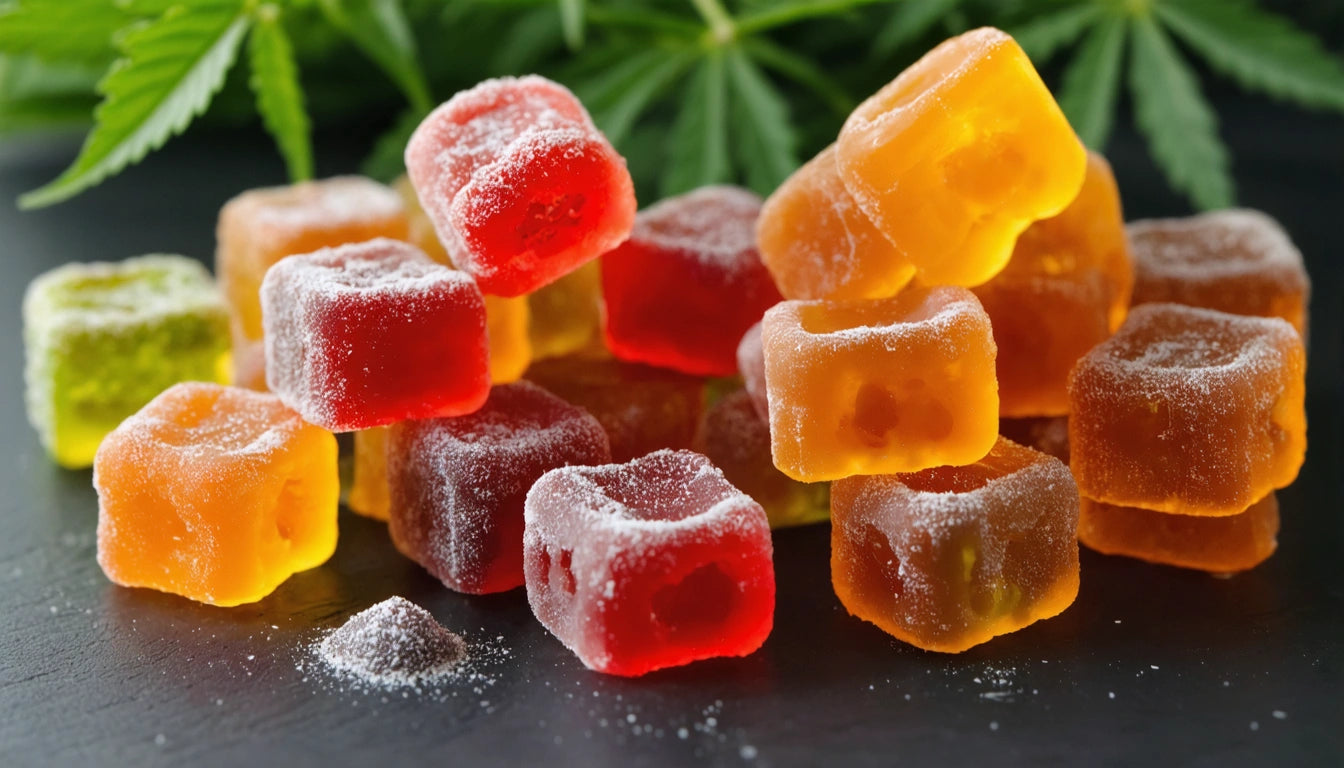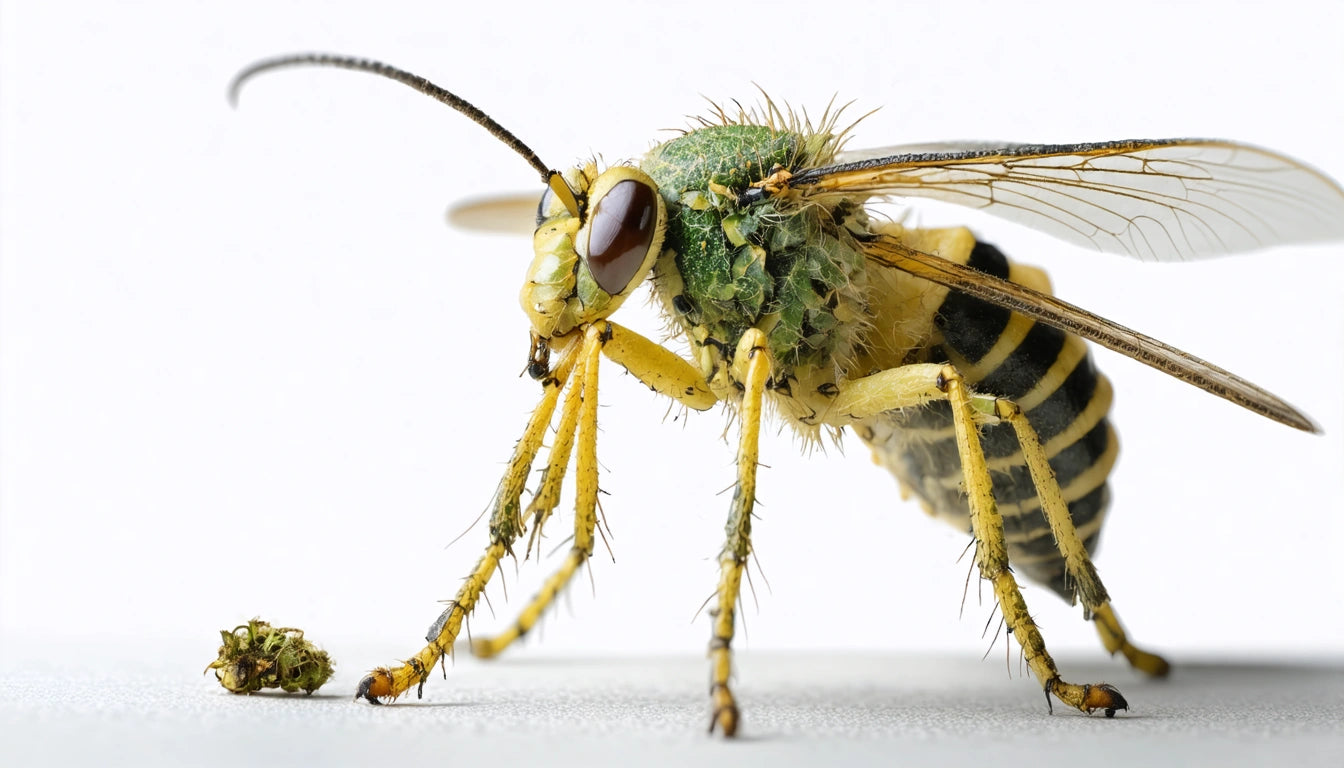Table of Contents
- Understanding Cannabis Strains: Indica and Sativa Basics
- Indica Effects on Sleep: Why It's Often Preferred
- Sativa Effects on Sleep: When It Might Help
- The Science Behind Cannabis and Sleep
- Choosing the Right Strain for Better Sleep
- Consumption Methods for Sleep Support
- Sleep-Focused Recommendations Beyond Strain Type
Indica vs. Sativa: Which Strain Is Better for Sleep?
For those struggling with sleep issues, cannabis has become an increasingly popular natural alternative to conventional sleep aids. However, the question of whether indica or sativa is better for sleep remains a common point of confusion for many consumers. Understanding the differences between these strain types and their effects on sleep quality can help users make more informed choices for their nighttime routines.
Understanding Cannabis Strains: Indica and Sativa Basics
Cannabis strains are traditionally categorized into three main types: indica, sativa, and hybrids. While modern breeding has blurred these distinctions somewhat, the classifications remain useful for understanding potential effects.
Indica strains originated in the harsh mountain climates of regions like Afghanistan, Pakistan, and India. These plants typically grow shorter and bushier with broader leaves. Traditionally, indica cannabis is associated with full-body effects often described as relaxing, sedating, and calming.
Sativa strains, by contrast, evolved in equatorial regions like Thailand, Colombia, and Mexico. These plants grow taller with narrower leaves. Sativas are generally associated with cerebral, energizing, and uplifting effects that can stimulate creativity and focus.
Indica Effects on Sleep: Why It's Often Preferred
When considering what makes you sleepy, indica or sativa, research and anecdotal evidence strongly favor indica strains. The question "does indica make you sleepy?" is commonly answered with a resounding yes by both consumers and industry professionals.
Why Does Indica Make You Sleepy?
Several factors contribute to indica's sleep-inducing reputation:
- Higher myrcene content, a terpene known for its sedative properties
- Often contains more CBD relative to THC compared to sativas
- Tends to produce more body-centered effects that promote physical relaxation
- May reduce the time it takes to fall asleep (sleep latency)
Exploring the effects of indica strains reveals that they often produce what users describe as a "body high" that can help muscles relax and ease tension, creating ideal conditions for sleep.
Sativa Effects on Sleep: When It Might Help
The question "does sativa or indica make you tired?" typically points to indica as the more sedating option. However, sativa strains can play a role in sleep health for some individuals.
Sativas may help with sleep in specific circumstances:
- For those whose insomnia stems from anxiety or racing thoughts
- When used earlier in the evening to help wind down gradually
- For individuals with certain pain conditions that prevent comfortable rest
While asking "does sativa make you tired or indica?" will usually lead to indica being identified as the more sleep-inducing option, individual responses can vary significantly based on body chemistry, tolerance, and specific strain genetics.
The Science Behind Cannabis and Sleep
When comparing indica and sativa effects, the scientific explanation for their different impacts on sleep involves the plant's chemical profile. Cannabis contains over 100 cannabinoids and more than 200 terpenes, creating what's known as the "entourage effect" where these compounds work together.
Key compounds affecting sleep include:
- THC: Can reduce REM sleep but increase deep sleep phases
- CBD: May address anxiety that interferes with falling asleep
- CBN: Often found in aged cannabis, may have sedative properties
- Myrcene: The most abundant terpene in indica strains with sedative effects
- Linalool: Also found in lavender, known for calming properties
These compounds interact with the body's endocannabinoid system, which plays a role in regulating sleep-wake cycles. When storing these products, it's important to use properly sealed containers with child-resistant lids to maintain potency and ensure safety, especially in households with children.
Choosing the Right Strain for Better Sleep
When evaluating indica vs sativa for sleep, consider these factors beyond just the strain classification:
THC:CBD Ratio
Strains with higher CBD content may provide relaxation with fewer psychoactive effects, which can be beneficial for sleep without morning grogginess.
Terpene Profile
Look for strains rich in myrcene, linalool, and terpinolene, which are associated with relaxation and sedation.
Individual Response
Personal biochemistry plays a significant role in how cannabis affects sleep. What works for one person may not work for another, regardless of whether it's indica or sativa.
Understanding the differences between strains can help consumers make more informed choices based on their specific sleep needs.
Consumption Methods for Sleep Support
How you consume cannabis can significantly impact its sleep effects:
- Inhalation (smoking or vaping): Provides faster onset (5-15 minutes) but shorter duration (2-3 hours)
- Edibles: Slower onset (45-90 minutes) but longer-lasting effects (6-8 hours), potentially better for staying asleep
- Tinctures: Moderate onset (15-45 minutes) with medium duration (4-6 hours)
- Topicals: Better for localized pain relief that might be preventing comfortable sleep
For sleep purposes, consumption timing matters. Edibles should be taken 1-2 hours before bedtime, while inhalation methods might be more appropriate 30-60 minutes before sleep.
Sleep-Focused Recommendations Beyond Strain Type
While the debate of whether indica or sativa makes you sleepy often focuses on strain type, several other factors can optimize cannabis use for sleep:
- Consistent timing: Use cannabis at the same time each night to establish routine
- Environment: Create a sleep-conducive setting with limited light and noise
- Complementary practices: Combine cannabis with sleep hygiene practices like avoiding screens before bed
- Start low: Begin with a low dose and gradually increase as needed
- Track effects: Keep a sleep journal to identify which products and doses work best
Whether indica weed makes you sleepy or you find relief with certain sativa strains, the key is finding what works for your unique physiology and sleep challenges. While indica strains are generally considered better for sleep purposes, individual experiences vary widely based on specific products, consumption methods, and personal factors.
Remember that cannabis affects everyone differently, and what helps one person sleep might keep another awake. The best approach is methodical experimentation under appropriate guidance to find your optimal sleep solution.











Leave a comment
All comments are moderated before being published.
This site is protected by hCaptcha and the hCaptcha Privacy Policy and Terms of Service apply.